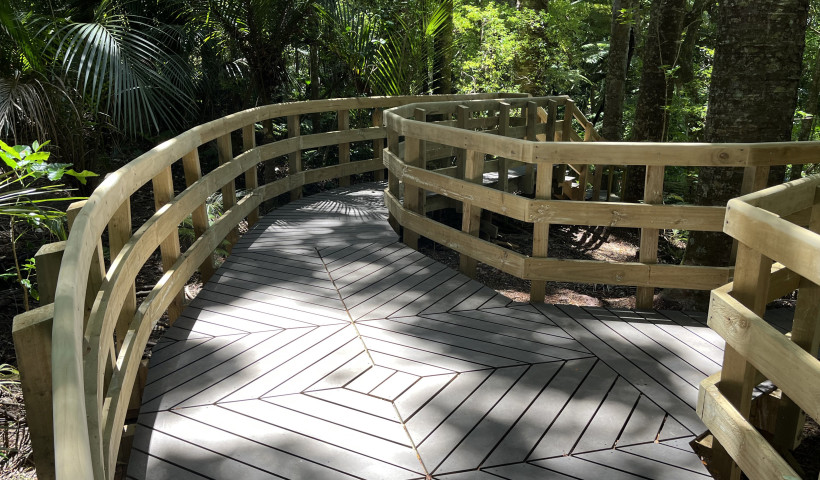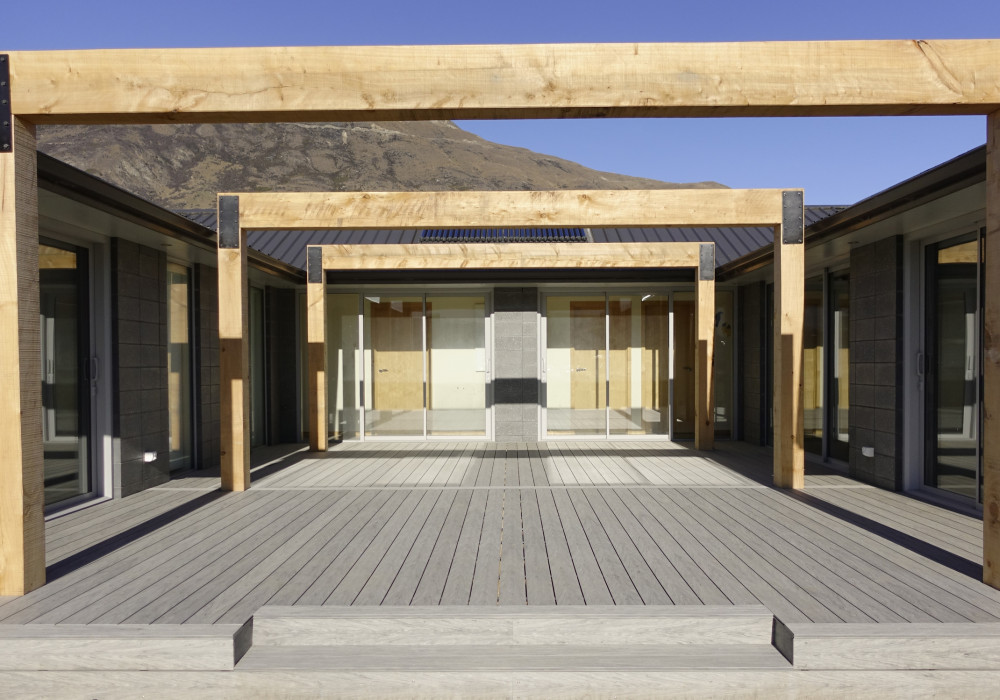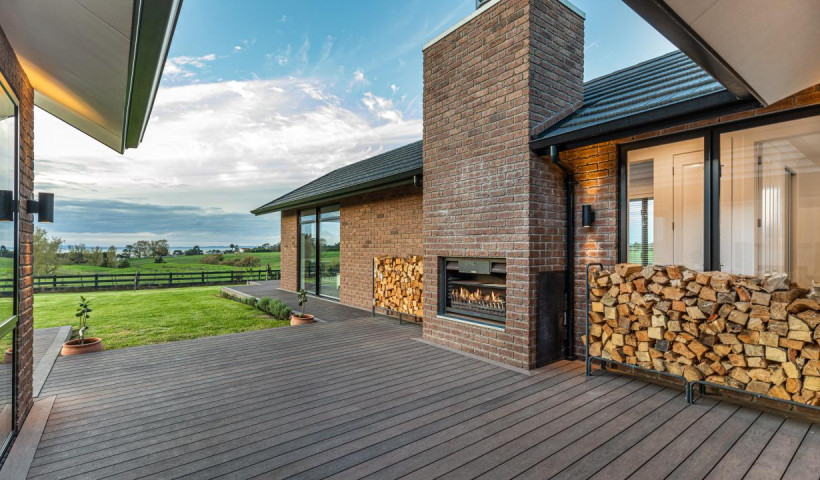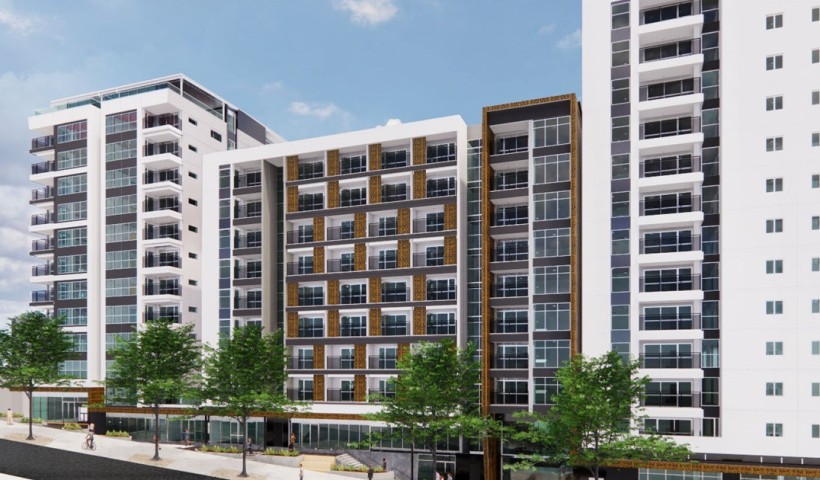
Fire test results for building materials are becoming an important part of the specification process. Projects will often come to a halt if certain materials don't meet New Zealand Building Code requirements for fire safety.
So, to ensure a streamlined specification and to reduce hold-ups with RFI's, BiForm has had its solid composite decking fire-rated and have made this information available for architects and specifiers.
Critical Radiant Flux quantifies the radiant energy a fire needs to sustain flame propagation on a specific material. The lower the CRF result, the greater the tendency of the material to spread flame. As stipulated by the NZBC, open pathways, exit ways and fire exits require a minimum Critical Radiant Flux result of 2.2 k/Wm².
Testing has shown that the BiForm composite decking rating of 5.7 k/Wm² exceeds the NZBC requirement by a wide margin. This also applies to the requirement in the Verification Method C/VM2 — Framework for Fire Safety Design.
When specifying decking for areas where fire safety is important, for example, where users are likely to smoke cigarettes, BiForm has the test results to justify specification. BiForm Solid Composite Decking’s fire safety properties were the key reason for its specification and use at Auckland International Airport’s Smoking Area.
The architect for the project, Michael Parkin of Jasmax Architects, prioritised fire-safety when specifying a decking product. It was decided that composite decking products available in New Zealand would be fire tested which included setting each board alight. It was found that BiForm Solid Composite Decking burned the slowest of all options and was deemed the most suitable for the job.













 Case Studies
Case Studies



















 Popular Products from BiForm
Popular Products from BiForm


 Most Popular
Most Popular


 Popular Blog Posts
Popular Blog Posts